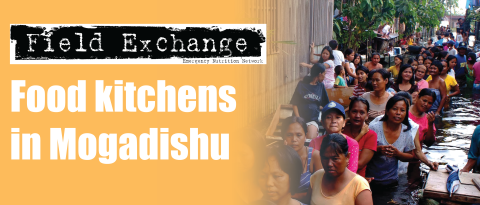What is complementary feeding?
Summary of discussion paper1

A recent discussion paper by IBFAN-GIFA2 has been produced on complementary feeding in children. It aims to stimulate thinking and discussion - a "philosophical reflection to guide the policy process".
As an organisation, IBFAN's main concern is with the abuse and exploitation of parents and carers by companies who manufacture and promote industrially produced foods for babies. Just as one should avoid making statements like 'all natural food is good' it is too much of a generalisation to state that all industrialised foods are bad as some play a useful role in the world's contemporary modes of eating. It is when they are inappropriately promoted and marketed and suppress other food production and use, that they can have adverse effects on diets. The author observes how brands were established in the past to indicate trust in product quality, but that nowadays branding has been exploited to the extreme.
The author also discusses how:
- Foods from non-industrialized sources - fresh, homeprepared, indigenous, local, locally produced, natural, wholesome, traditional and unprocessed - are often advocated to counter industrialised sources but are often used without definitions. A common clearer vocabulary would aid discussion.
- Industrially produced complementary foods may or may not be appropriate in any given context. Their use may reduce women's domestic work burdens but may also create dependency and long-term food insecurity.
- The use of an age based cut-off for the introduction of complementary foods (at six months of age) is a public health guideline, not a description of infant behaviour or normality.
- Food availability is more important than knowledge on feeding.
- A reliable water supply is a key component of good complementary feeding.
- A' true' complementary food would add to the diet nutrients such as iron and zinc, which breastmilk has not evolved to provide for older infants as the child gradually outgrows her birth stores. Many so-called complementary foods do not fulfil this function.
- Iron deficiency is a major and unresolved nutrient deficiency of young children. Children need a higher proportion of animal foods than adults. In common with a wide range of foods, animal milks can play a useful role in a mixed diet. Canned fish has a key role to play in combating iodine deficiency and is nutrientdense.
The paper concludes by drawing on IBFAN's experiences over 30 years' of campaigns on breastfeeding and the regulation of marketing of breastmilk substitutes (BMS). Regulation of marketing has proved essential around BMS and the same applies to complementary feeding. Taking on this issue with a commitment to success will be difficult. It has to be addressed at political level.
1What is complementary feeding? A philosophical refection to help a policy process. A discussion paper developed for the International Baby Food Action Network (IBFAN) by Gabrielle Palmer. IBFAN-GIFA, 2009. Available at: http://www.ibfan.org/Gay_Palmer.html
2International Baby food Action Network - Geneva Infant Feeding Association
Imported from FEX website


